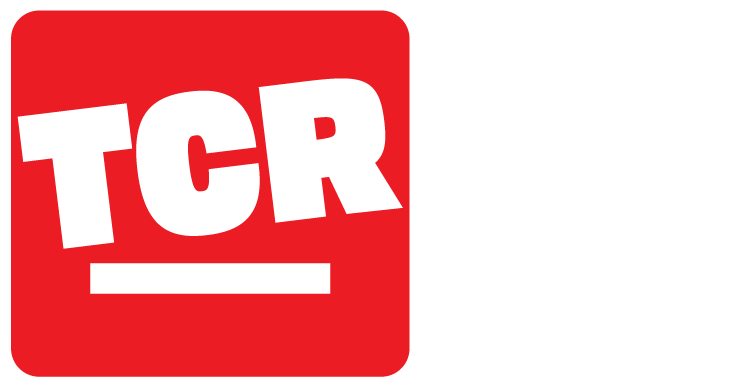Since the last Majors race in the Pacific Northwest, we've run two more weekends in the San Francisco regional series at the iconic tracks of Laguna Seca and Sears Point aka Sonoma Raceway. It is rumored that Sears Point will be hosting the 2018 Runoffs, so it was a great chance to see where we stand two years in advance. We've not run here in four years and never with our current car. Normally we've been in Portland on the 4th of July weekend, but since we'd already wrapped up the Western Conference title it was a great chance to come back to Sonoma.
Our Laguna weekend went smoothly and we cruised to a pair of poles and wins. Then, shortly thereafter, a bomb shell was dropped on our engine development program as the Club Racing Board of the SCCA ruled that we were going to be held to the engine specifications of FIA Appendix J, Article 259 instead of a specific line reference to the engine specification in their own rule book known as the General Competition Rules or simply the GCR. We have appealed this change in interpretation and are hopeful for a reversal. In the meantime, we are scrambling to get one of our engines changed back to stock configuration so we can go either way depending on the final ruling. This doesn't seem quite fair given the Runoffs are less than 90 days away. Check out the dyno runs on the motor below.
This change, if not overturned, will definitely hurt our horsepower output as well as narrow our power band going forward. So the event at Sonoma took on more meaning as it may be the last time we were going to be able to run this engine set-up. Needless to say, I was really looking forward to getting on track. We typically test on used tires from the prior event and switch to new sticker tires in the first qualifying effort. Then we run them for the rest of the weekend--a total of 4 sessions with two qualifying outings and two races (approximately 2 hours of track time).
One of the highlights of the weekend is going out on sticker tires and then finding their limit in short order in the first qualifying session. Ideally, all of this happens in a controlled manner that minimizes each successive lap time and damage to the tires that would impact the rest of the weekend. When you do it right it is quite rewarding. The fastest we went in practice on the used tires was 1:29.5 and the all-time track record was 1:27.106, done coincidently 4 years ago by Lee Alexander in a DSR Stohr WF-1. I remember him passing me by like I was standing still in my old Norma. So we needed to pick up 2.4 seconds to challenge for this all-time track record. Watch to see what happens.
So, in the end, we came up short by 7/10s of a second but still put on an impressive performance making it the 2nd fastest lap ever run and a new P1 record. We developed a fuel delivery problem in the first race but still finished first on an oiled-down track. We started from the back in race 2 after missing qualifying due to the time needed to diagnose the problem and get the car fixed. No problem, though, as we cruised from last to first in the first lap and drove away from the field.

